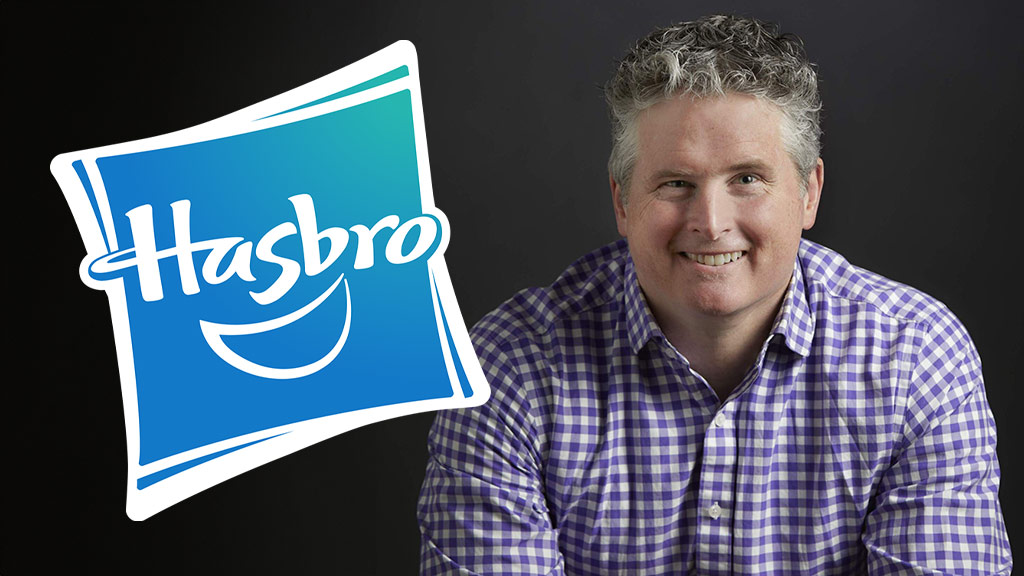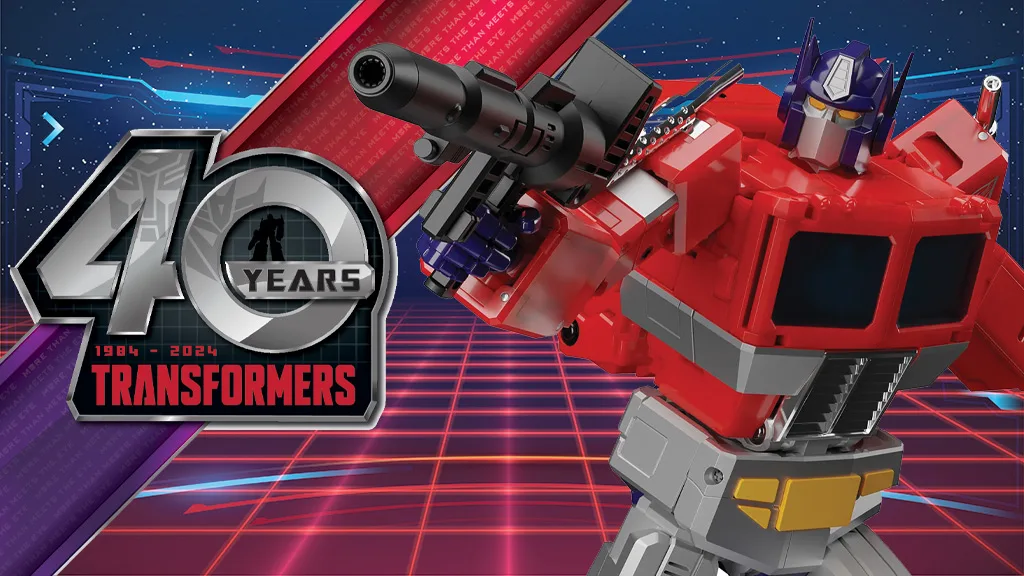Hasbro is in the midst of a multiyear turnaround, and with second quarter earnings that beat estimates, the company’s efforts look to be paying off.
Following this morning’s earnings release and call, I caught up with Hasbro CEO Chris Cocks by phone for a deeper dive into how the company is reshaping its business to embrace consumers of all ages in new ways with a refreshed focus on play.
On the earnings call this morning you noted that 60% of Hasbro’s revenue comes from consumers ages 13 and up and that “play is aging up and going more international, more digital, and more direct.” How does that break down?
Wizards of the Coast skews older, and many of our board games skew older, and then we have our collector business. Many companies are just now waking up to the power of the fans and the importance of the “kidult” audience that we’ve embraced for years.

That audience is powering a lot of direct-to-consumer (DTC) business for the entire industry, and Hasbro Pulse is a prime example of that. Are you able to speak to the size of DTC for Hasbro?
We haven’t revealed the size of the business, but it was our fastest-growing channel last year. In general, it’s a pretty significant channel. Walmart, Amazon, Target, and Smyths are huge and important but the biggest growth channel is DTC.
If you look at some of the others in our space, such as LEGO and Games Workshop, those companies are driving growth in the industry with the uniqueness of products at higher price points.
I noticed there wasn’t much discussion on the call this morning about the licensing business outside of digital gaming, which has been a win. How is the outbound licensing business that was outlined during Blueprint 2.0 starting to pay off for Hasbro?
I’d say so far, so good.
Littlest Pet Shop is driving a heck of a lot of upside for our licensee, Basic Fun! They’ve been a great partner and we expect that to continue.
When we think about out-licensing we think about smaller companies with great expertise to take over brands that don’t meet our internal thresholds for sales of $50 million, $100 million, etc. That can be a nice business for the right company.
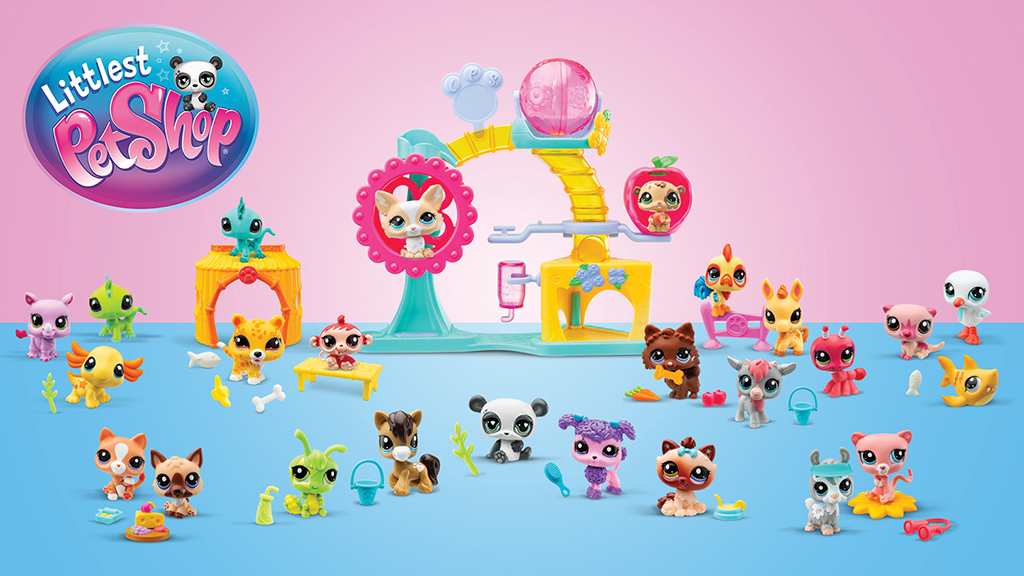
You mention Basic Fun!, and some recent headlines have raised a few eyebrows as to how those relationships might work if a licensee were to run into trouble. Basic Fun! is reorganizing — and it seems they’ll be fine — but there have been some rumblings that other companies of similar size may also be teetering on the verge of some issues. How do you deal with that?
You have to keep the portfolio balanced and don’t put all the eggs in one basket. The right partner can help grow a brand or a business, but if something happened, we could pivot quickly. With Basic Fun!, they’ve pre-paid guarantees for the year and I’ve heard that their financing has been shored up. They’ve been great to work with and many of their best-selling toys are Hasbro brands.
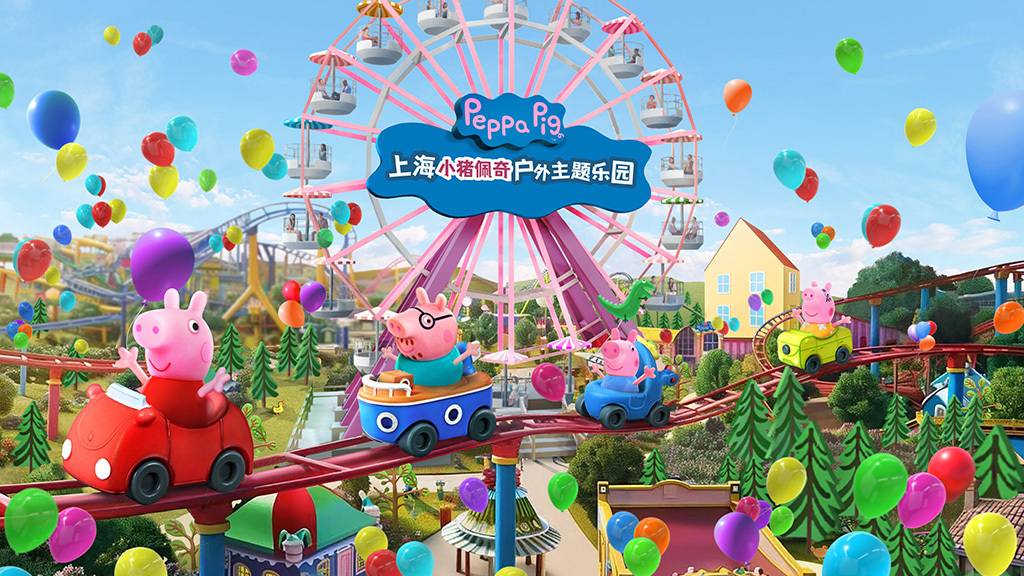
One area of growth in the toy industry that we’ve been covering extensively is location-based entertainment (LBE). Having spoken to other members of your team regarding recent efforts, such as the opening of Planet Playskool and The Gameroom powered by Hasbro in New Jersey, what are your thoughts on this side of the business and where it could go?
One of the biggest surprises since becoming CEO is discovering how much LBE is driving things. Right now, we have somewhere between 100-125 locations welcoming 55 million visitors each year. Within the next 3-4 years we’ll have around 350 locations bearing the Hasbro name or our brand names. There are quick-service restaurants like we did in Hong Kong with Transformers; bar and gaming concepts; and even cruise ships and hotels in the works. This is branding gold and a new revenue stream.
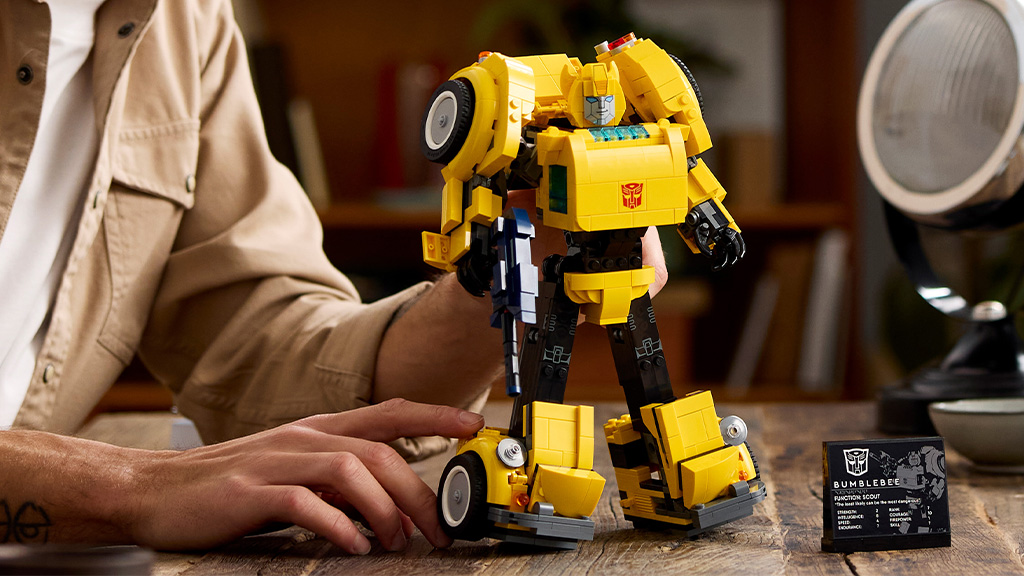
Shifting back into the core toy and game business, with all the discussion about the teens, tweens, and adult consumers, how is your team working to develop new play experiences and reach kids, particularly those in the 5-10 range?
Going all the way back down to 2-year-olds, that’s a kids’ first handshake with our brands. We need to make sure that there are great partners in place and innovation happening [Note: PlayMonster currently markets much of the Playskool portfolio]. Birth rates are down in much of the world and kids are getting choosier. It’s really important to understand the kids of today and what they need.
At the same time, it’s not realistic for us to operate in every category, and that means doing large partnerships with LEGO or Mattel so that we always have a position in those aisles.
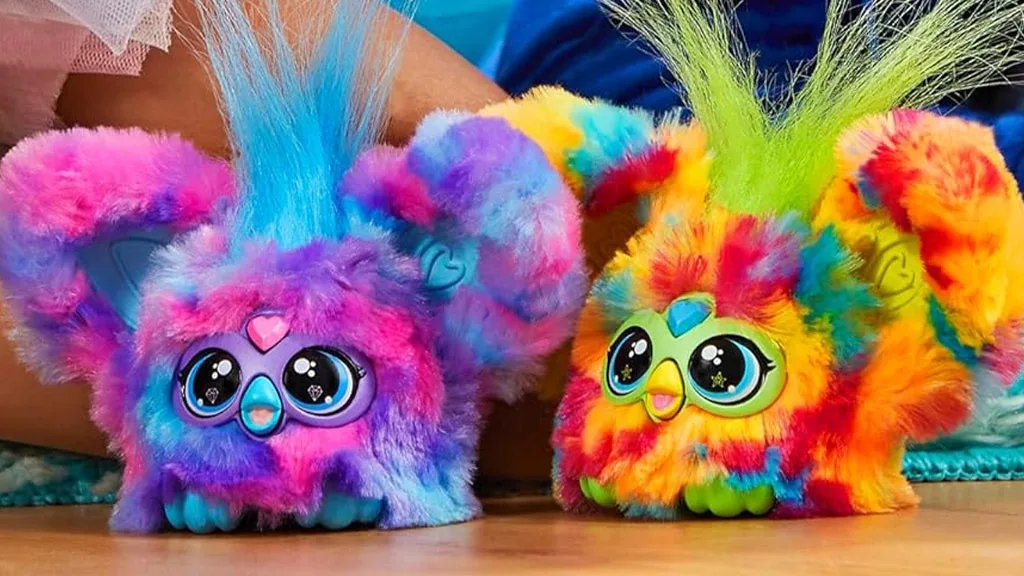
Finally, I’d like to talk a little bit about price perception. In recent years, the prices of toys have gone up and many consumers feel that they’re simply too high — and this includes a lot of products from Hasbro. How are you addressing this?
Pricing needs to cover the gamut. Early on when I joined the team, we were way overfocused on creating products in the $25-50 dollar range. We needed to refocus and start creating more products below $20 and even in the $10 range. We’ve done this by driving better supply chain optics to create value and by working with retail partners to create programs that deliver maximum impact.
Looking ahead, we’re leaning into improved customer insights, using more design resources, and creating products at lower price points from the start. It’s “design-to-value.”
We have a new version of Jenga coming out later this year or early next year that’s a better product, easier to use, and cheaper. We’re now replicating that approach across Hungry Hungry Hippos, Candy Land, and Monopoly.
We’ll do the same across all of our brands and categories down the line.

